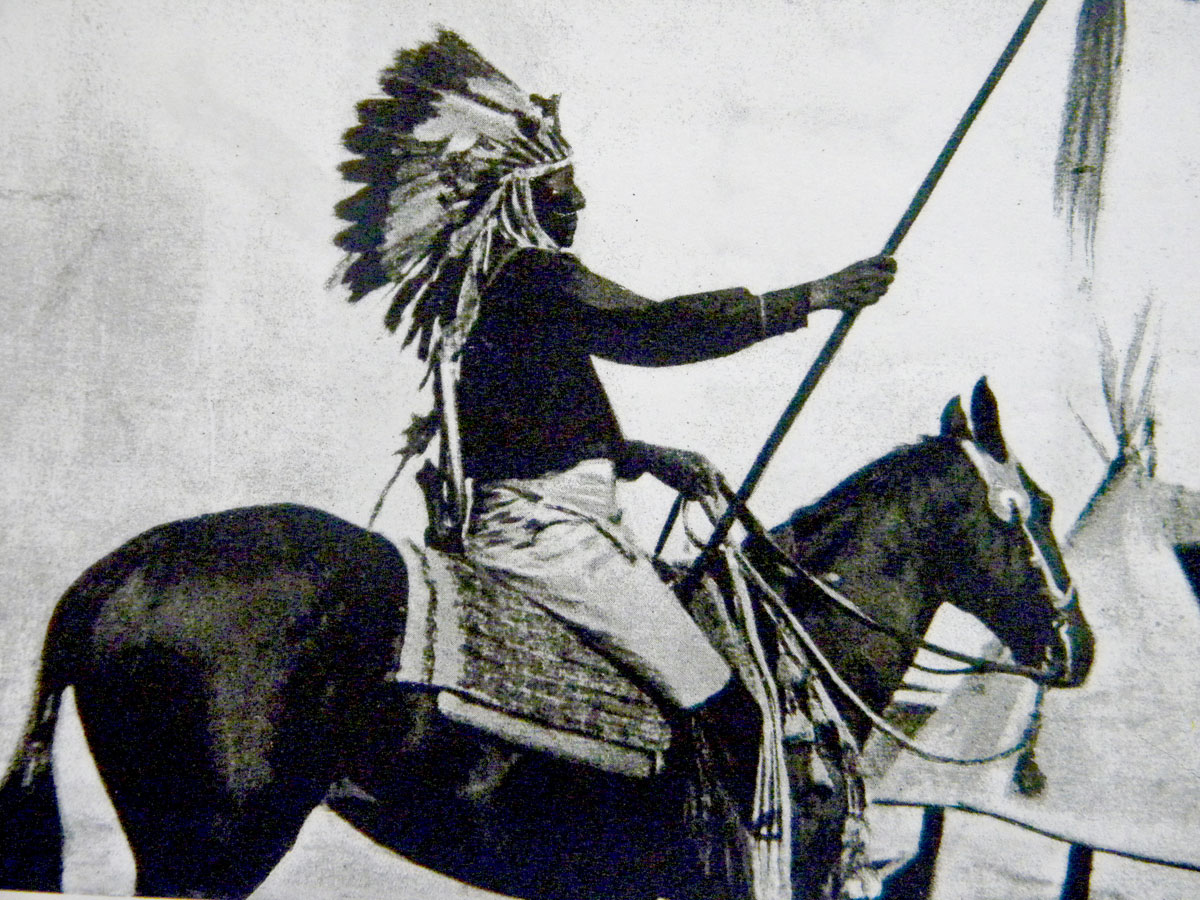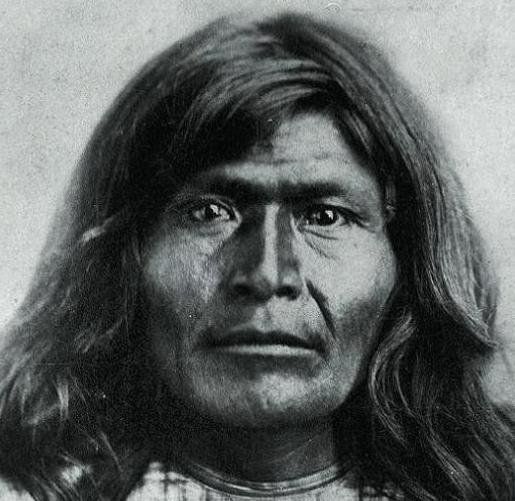
Buffalo Soldiers
During the Civil War, the soldiers in United States Army were largely volunteers from all walks of life. However, between 1865 and 1874 things radically changed. Almost half of the new recruits were now Irish and German immigrants with few skills. Most could not read or write, and very few had ever mounted a horse. Alcoholism was common, and deserters so prevalent that General Sherman once stated that there no need to worry about populating the Great Plains because army deserters would provide more than enough settlers. The exception to this statement were the Buffalo Soldiers or African-Americans who had almost no deserters.

Custer's Last Stand
During the month of May in the year 1876, 15,000 Lakota Sioux and their friends gathered in the Yellowstone River Valley (Montana)for their annual celebration of the Sun Dance. The tribes met in hope that someday they could return to their traditional way of life. As they met around the campfire there was one thing they all agreed on, they would do whatever it took to protect their sacred homeland, the Black Hills.

Grattan Massacre
In 1830, President Andrew Jackson signed the Indian Removal Act. The act removed 90,000 Native Americans from the rich agricultural lands east of the Mississippi and relocated them on the Great Plains. At the time, the United States government did not believe that the vast grasslands had any settlement value. However, things would change rapidly. At the conclusion of the U.S.-Mexican War (1845-48), Texas and California would join the Union, and only a short time later gold was discovered in California.

Kit Carson
Kit Carson was born in Missouri in 1809. When he was 19 years old, Kit left Missouri and became a scout. He worked throughout the Southwest and California. It was during his expeditions with John C. Fremont that he gained his reputation as an amazing mountaineer and guide. By the 1850's, he found himself in great demand. Then, as a guide for Stephen Watts Kearny, Kit would help the United States military retake Sante Fe. Not long afterward, the U.S. Army commissioned him a colonel.

Nakaidoklini
In the summer of 1881, a mystic, shaman, herbalist named Nakaidoklini rose to prominence on the San Carlos Reservation in southeastern Arizona. Nakaidoklini was a small man who belonged to the Cibecue band of the White Mountain Apaches. In one of his many visions he saw the Apache returning to power and the new white European/American's vanishing. He also saw the return of the buffalo.

Victorio's War
By the mid 1870's, the Chiracahua Apaches had settled down on reservations and they had agreed not to raid white settlements. Then in 1876, the Indian Bureau made a decision to move the Chiracahua from the Ojo Caliente Reservation to the San Carlos Reservation. This infuriated some of the younger, more militant Chiracahua, and they began conducting raids throughout Arizona. It was under these conditions that Victorio emerged as one of the greatest Apache leaders.

Wounded Knee
In 1889, a new Native American religion called the Ghost Dance emerged. Its popularity quickly spread from one tribe to another. This great religious movement started with the teachings of a new messiah called Wovaka. According to historians, during a solar eclipse Wovaka had a vision, and in this vision he saw the Indians and the buffalo returning to live again on the Great Plains. He also saw the disappearance of the long hated white settlers and soldiers. The Cheyenne, Lakota, and Arapaho, all sent emissaries to the Paiute Reservation at Walker Lake, Nevada, so that they also could learn about the Ghost Dance.
